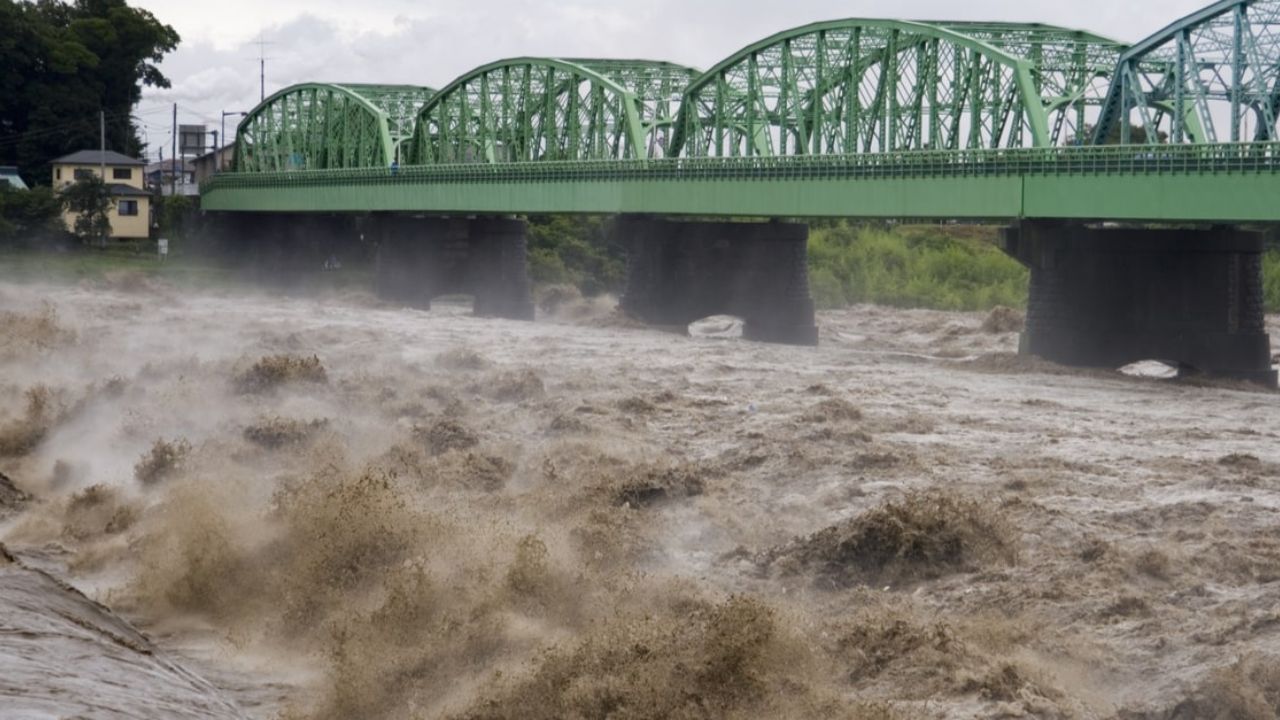The Tokai region of Japan faces a significant threat from typhoons, experiencing powerful storms that cause widespread damage. This article explores the impact of typhoons in Tokai and how you can prepare for and support communities affected by these devastating events.
Searching for information on “typhoon in Tokai” “Tokai typhoon” “typhoon Tokai”? This article provides crucial information.

Your donations help Peace Winds provide long-term recovery aid in Japan. You can donate from abroad.
Peace Winds is a non-profit organization that supports disaster relief and recovery in Japan and abroad.Your donations will allow them to provide immediate relief when disasters strike and to maintain long-term recovery programs as communities rebuild.Check out Peace Winds’ website to learn about current programs that are helping communities in need.

*Gooddo is partnering with Peace Winds, a nonprofit organization that supports disaster relief and recovery in Japan and abroad.
- 1 The Impact of Typhoons in Tokai
- 2 Recent Tokai Typhoon History: A Chronicle of Destruction
- 3 The Growing Threat of Climate Change and Tokai Typhoons
- 4 Preparing for a Typhoon in Tokai: Stay Safe and Informed
- 5 How You Can Help Tokai Typhoon Recovery
- 6 Conclusion: Supporting Tokai in the Face of Typhoons
The Impact of Typhoons in Tokai

Located on the central Pacific coast, the Tokai region—specifically Aichi and Shizuoka Prefectures—is highly vulnerable to typhoon landfalls. The Japan Meteorological Agency defines a landfall as the typhoon’s center crossing the coastline of a main Japanese island.
Tokai’s geography makes it a prime target for these powerful storms.
Recent Tokai Typhoon History: A Chronicle of Destruction

Numerous typhoons have impacted Tokai over the past two decades, demonstrating the region’s vulnerability. Here are some notable examples:
The Growing Threat of Climate Change and Tokai Typhoons

The increasing intensity and frequency of typhoons impacting Tokai are linked to climate change. Warmer ocean temperatures fuel stronger storms, while shifting weather patterns lead to more unpredictable and extreme weather events.
This necessitates increased preparedness and disaster mitigation efforts.
Preparing for a Typhoon in Tokai: Stay Safe and Informed

How You Can Help Tokai Typhoon Recovery
Your support is crucial for communities impacted by typhoons in Tokai. Donations provide immediate relief like food, shelter, and medical supplies, and contribute to long-term recovery efforts, such as rebuilding homes and infrastructure.
Even small contributions can make a significant difference.
Conclusion: Supporting Tokai in the Face of Typhoons
Tokai faces a constant threat from increasingly powerful typhoons. By understanding the risks, preparing effectively, and supporting recovery efforts, we can help communities withstand and rebuild after these devastating events.
Whether you search for “typhoon in Tokai” “Tokai typhoon” or “typhoon Tokai” remember that awareness and action are key to mitigating the impact of these powerful storms.

Your donations help Peace Winds provide long-term recovery aid in Japan. You can donate from abroad.
Peace Winds is a non-profit organization that supports disaster relief and recovery in Japan and abroad.Your donations will allow them to provide immediate relief when disasters strike and to maintain long-term recovery programs as communities rebuild.Check out Peace Winds’ website to learn about current programs that are helping communities in need.

*Gooddo is partnering with Peace Winds, a nonprofit organization that supports disaster relief and recovery in Japan and abroad.

